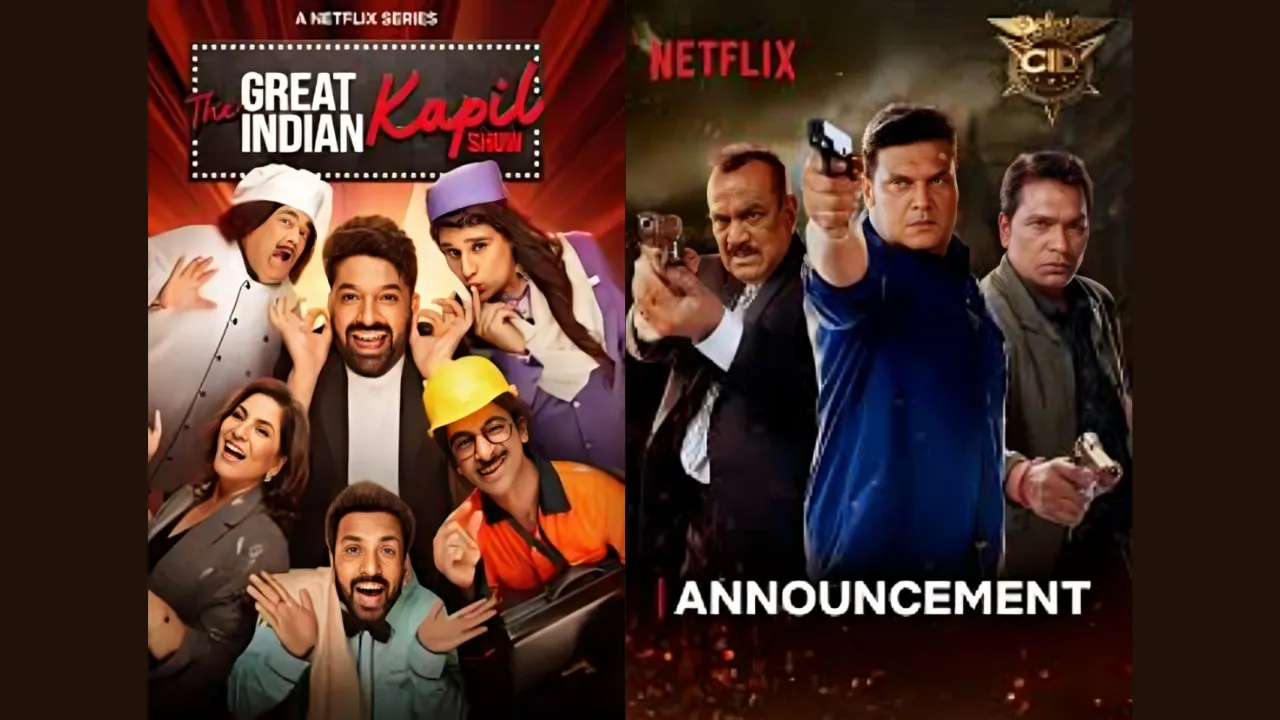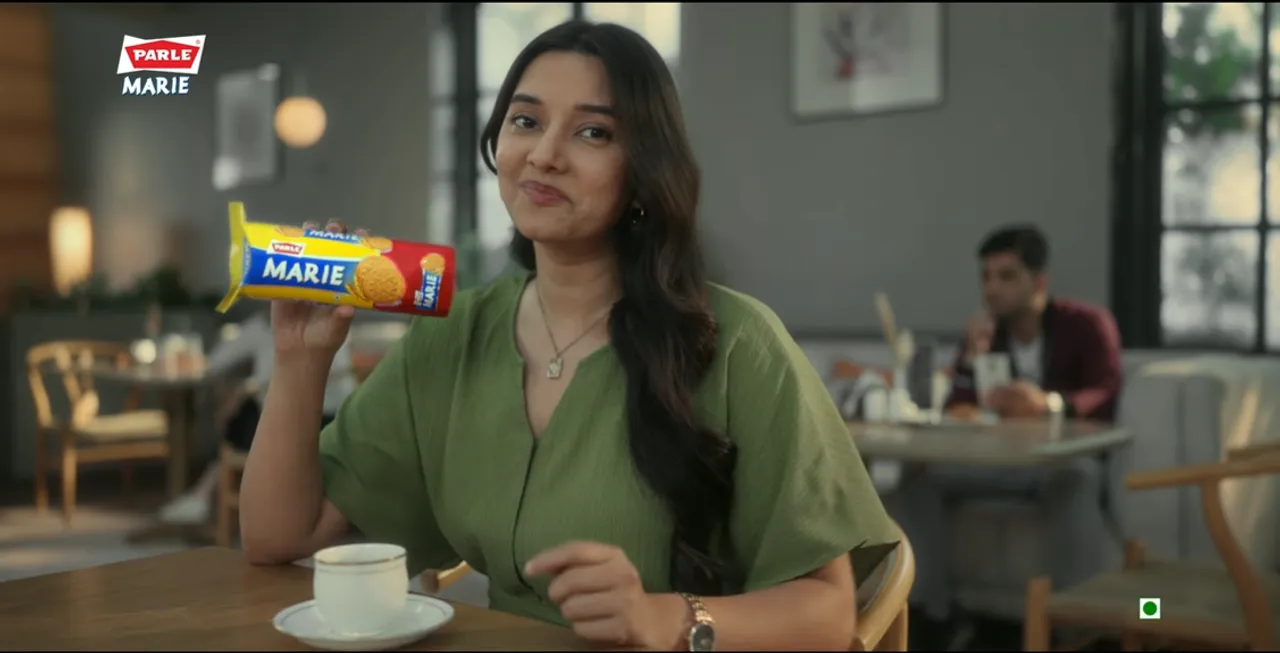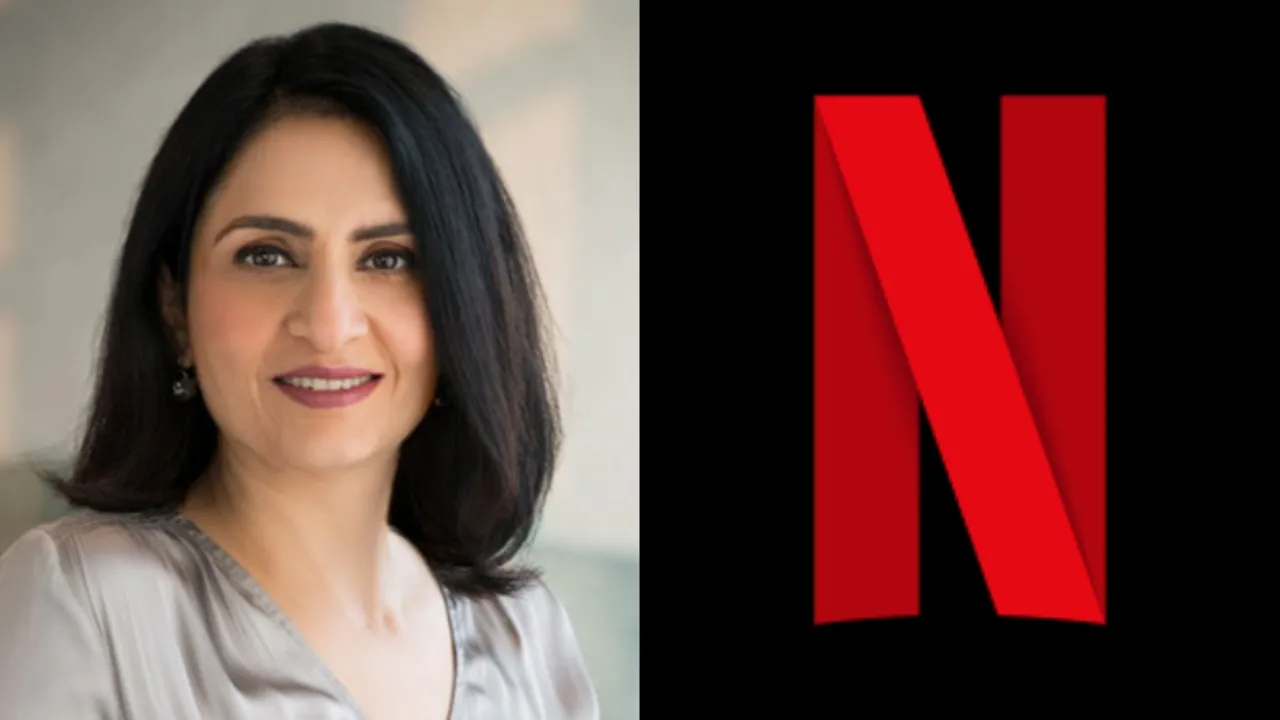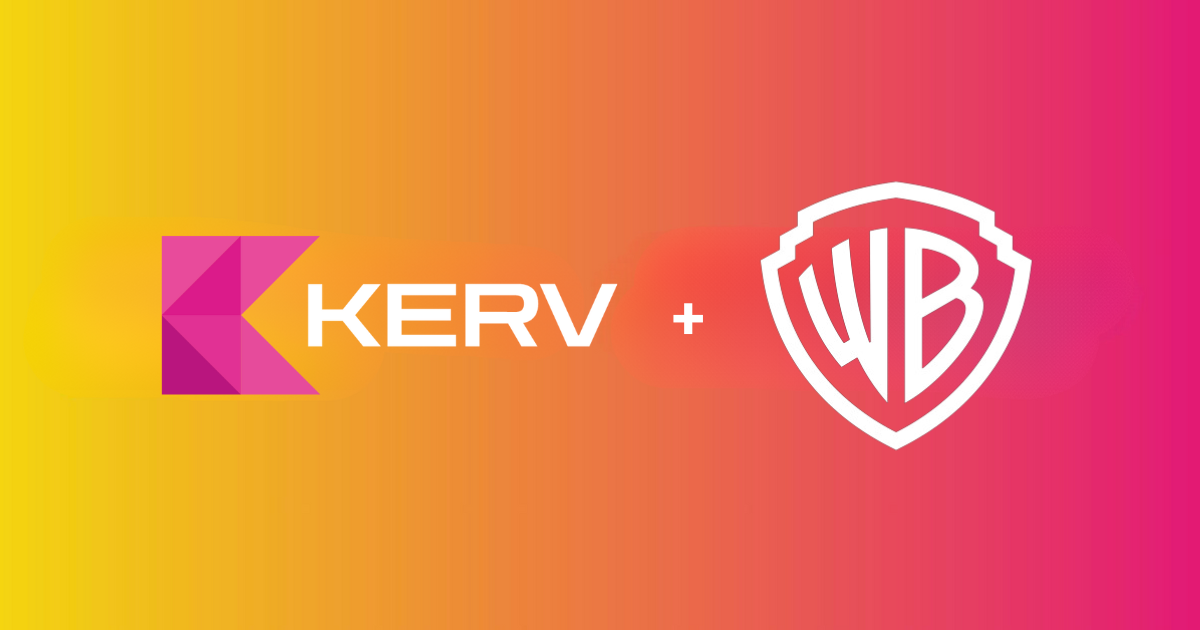India’s OTT Transformation: The Road Ahead
India is currently undergoing a pivotal transformation in its media landscape, primarily driven by the remarkable growth of OTT (over-the-top) platforms. These platforms, also known as on-demand content providers, have emerged as significant players in the country’s rapidly evolving entertainment and information consumption habits.
According to the 2025 FICCI-EY report, by the year 2030, India is expected to have over 200 million large screens. These include smart TVs and other connected devices. In addition, small screens—mainly smartphones—will approach a staggering 700 million. This vast ecosystem creates an enormous base of content-hungry and digitally active consumers.
Such rapid growth points to a new era of digital consumption. However, alongside these opportunities lie substantial challenges, particularly in monetisation, measurement, and infrastructure development.
The report also notes that digital advertising in India grew by 17%, reaching ₹700 billion in revenue. This figure accounts for 55% of the total advertising market—a clear indicator of the shifting focus toward digital media.
Interestingly, within this digital advertising growth, search engines and social media platforms contributed just 11%. In contrast, e-commerce platforms accounted for a massive 50% of the increase, highlighting their central role in shaping consumer behaviour and brand engagement.
Despite these numbers, OTT platforms face complex challenges in converting viewership into consistent and scalable revenue. The ecosystem is dynamic but fragmented, with ongoing debates about the most effective ways to monetise and measure digital content.
These themes were explored during a recent panel discussion at the AVIA Future of Video India conference, part of WAVES 2025. Key industry leaders participated, including Ashwin Padmanabhan, COO of GroupM South Asia; Ranjana Mangla, SVP and Head of Ad Revenue at Sony LIV; and Akila Jayaraman, Head of GTM Strategy and Marketing at Jio Ads.
Padmanabhan opened the discussion by noting that streaming is increasingly being perceived as a natural extension of television, especially in India. While Western markets have already embraced this evolution, India is rapidly catching up.
“Today, brands are involved in a ‘total TV’ conversation,” he said. “They no longer see a distinction between traditional linear television and digital video-on-demand (VOD) or connected TV (CTV).”
Linear TV may be experiencing a dip in viewership, but connected TV is witnessing a surge. In this new digital paradigm, both large and small screens matter—but the interplay between linear and connected experiences is capturing the attention of advertisers.
According to Padmanabhan, “TV remains a high-impact medium—regardless of how it is delivered. Mobile devices also maintain deep market penetration, but it’s the dynamic between CTV and linear TV that is evolving the advertising narrative.”
The Measurement Conundrum
A major hurdle in this transformation is accurate and consistent audience measurement. Ranjana Mangla addressed this concern, highlighting how the inconsistent treatment of mobile and CTV streaming metrics is problematic for advertisers.
She pointed out that audiences are now spending between 8–10 hours daily across various screens. Traditional TV metrics simply can’t capture this kind of fragmented user behaviour.
“Streaming typically enjoys high view-through rates,” she said. “But current monetisation models and measurement systems haven’t evolved at the same pace.”
A unified and transparent measurement system is crucial for building advertiser confidence. Mangla emphasized the need for a solution that brings the same level of accountability and reliability as television.
“Without such transparency, the trust gap in OTT advertising will persist,” she warned.
Padmanabhan offered a potential solution in the form of “attention planning”—a metric system that evaluates not just reach but how deeply audiences engage with content.
“We’re working with brands to map the right metrics to quality content, viewer attention, and actual business results,” he explained.
He further cited data showing that connected TV currently represents about 30% of total viewership in India. In fact, impressions on CTV are doubling every six months, even at the pin-code level. However, the reach remains concentrated among the top 1–2% of households.
“To scale monetisation among this premium audience,” he said, “broadcasters must rethink their backend infrastructure and sales strategies.”
He criticized the industry’s legacy approach, noting that many broadcasters still rely on content-first thinking—a mindset suited to traditional media but inadequate for digital platforms.
“In today’s streaming environment, broadcasters need to function like technology companies,” he asserted. “They don’t have to build everything in-house, but they do need a tech-first mindset.”
According to Padmanabhan, content alone isn’t enough. Without a robust technological foundation, streaming cannot be monetised efficiently or profitably.
Ad Format Innovation
Akila Jayaraman shifted the conversation toward innovation in ad formats. While interactive ad formats such as shoppable videos are gaining attention, she argued that traditional video formats continue to dominate viewer habits.
“Pre-roll and in-content ads still hold immense potential, especially within premium video environments,” she said.
Jayaraman also discussed the challenges of brand building in today’s cluttered digital environment. “Social media is noisy and fragmented. OTT, in contrast, offers deeper engagement and a more immersive viewer experience.”
To make this work, however, advertisers must get smarter with targeting. Leveraging demographic data and household-level insights can deliver better value to brands and audiences alike.
Mangla, meanwhile, offered a cautionary note. She stressed the importance of striking a balance between aggressive monetisation and viewer experience.
“The on-demand nature of streaming is its biggest strength,” she said. “If the content is compelling, users will return—but we cannot compromise that experience with intrusive or excessive advertising.”
The Way Forward
The panel agreed that the future of premium video in India will depend on a hybrid ROI model—one that combines content creation, digital connectivity, and e-commerce.
It will also require collaboration across multiple sectors: technology, broadcasting, measurement firms, and brands.
In conclusion, India’s OTT journey is still in its early chapters. While the consumer base is vast and engaged, the path to sustainable monetisation remains complex. But with innovation, data-driven strategies, and a unified approach to measurement, the streaming industry can fulfil its enormous potential.
Video:
Author: Janvi Joshi











